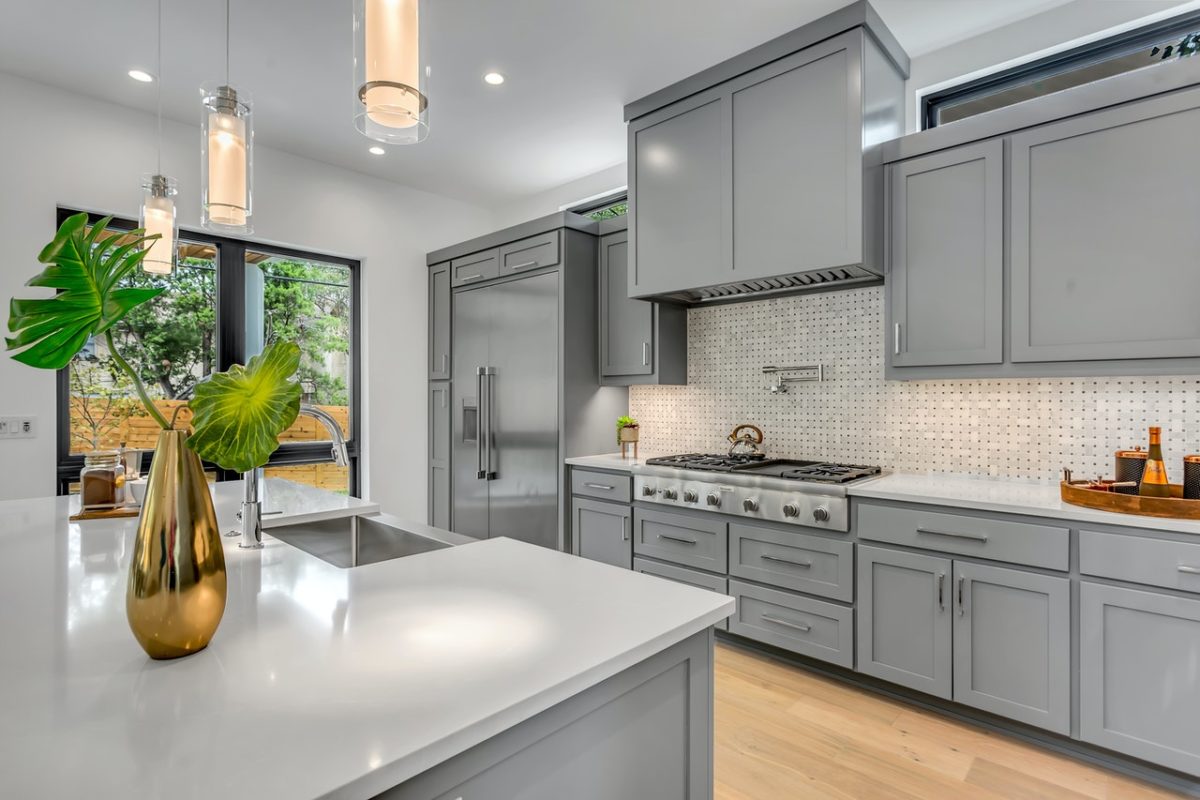The Property Line: 3D Home Tours Let Buyers and Sellers Keep Their Distance
As you browse homes for sale online, digital slideshows dish out equal helpings of information and frustration. Every photo frames what the seller wants you to see. Want to shift your gaze to the right and inspect that shower head? Tough.
But now you can virtually walk inside a home and look up, down, left and right with technology that functions like Google Street View for a home’s interior. It’s called a 3D home tour. It conveys more information than a slideshow and reduces the need for in-person showings.
3D home tours expand
Before the COVID-19 pandemic, 3D home tours gave home sellers a cool way to make their listings stand out. But with the emergence of the disease, sellers felt uncomfortable allowing strangers into their homes, where they could spread coronavirus. Home buyers worried about their health, too. Suddenly 3D home tours were perceived as a safety feature. March saw a jump in the creation of 3D tours, and they attracted more online visitors.
3D home tours are still a novelty, but buyers will come to expect them in online listings. That evolution might happen quickly: Despite stay-at-home orders, buyers have remained on the hunt, and sellers offering 3D tours find enthusiastic audiences.
How 3D home tours work
Companies and products such as Matterport, VPiX and Zillow 3D Home allow users to electronically stitch together photographs, allowing prospective buyers to look around as they virtually walk through the home.
“It’s almost like you are there. You can look up, you can look down — there’s so much you can do,” says Volkie Yelkovan, Matterport’s director of product marketing.
You can see things in a 3D tour that you can’t see in regular photos, says Kris Lindahl, CEO and founder of Kris Lindahl Real Estate in the Minneapolis suburb of Blaine, Minnesota. “Maybe you want to see in more detail the backsplash, or you want to see what the countertops look like where they meet the wall, or how much space is between the fridge and countertops.”
» MORE: A buyer’s home inspection checklist
3D home tours are efficient
Compared with in-person showings, 3D home tours possess the advantage of being available at all hours.
“This is a 24/7 open house,” Yelkovan says. “You don’t have to depend on an agent’s or seller’s availability.”
Rachel Street, a real estate agent, general contractor and host of “Philly Revival” on DIY Network, expects 3D home tours to become the norm “because buyers can narrow down their list before they see [homes] in person.”
The result will be fewer in-person showings. But when potential buyers request a real-life walk-through, it will be a sign of serious interest, as they likely will already have visited virtually through a 3D home tour.
Limitations of 3D home tours
A 3D home tour doesn’t supply all the information that a cautious buyer needs before making an offer. For example, “Does it smell like animals — or worse, mold?” Street says. “What’s the neighborhood like?”
You have to visit in person to hear neighborhood noise, measure the strength of cell-phone reception, test broadband speed, scope out parking availability and judge the condition of neighbors’ homes.
» MORE: How to research a neighborhood
What’s next?
3D home tours can be supplemented (or replaced) by video showings via FaceTime or Skype, during which your real estate agent carries a smartphone through the house while answering questions. Buyers can direct their agent to focus the camera on the things they care about, Street says.
And, yes, technology exists for buyers to don virtual reality headsets and “walk” through homes immersively. But virtual reality hasn’t taken off, Yelkovan says, and it seems like overkill when you can get the information you need on a computer or tablet.
Nerdy tips to keep in mind
Pay attention to pricing: Matterport and VPiX offer subscription plans to real estate agents, and professional photographers often do the work. If the agent wants to pass along some of the cost to the seller, that’s subject to negotiation. Zillow 3D Home is a free app, and the seller or seller’s agent can take the photos with a supported camera or hire a photographer.
Beware buying without visiting: It’s possible to buy a home without setting foot in it, with or without using a 3D virtual tour. But you can’t experience smells or sounds through a virtual tour. An in-person visit is recommended.
Get a home inspection: No matter how comprehensive the 3D virtual tour is, it’s always a good idea to include a home inspection contingency in the purchase contract. Yes, even if it’s a new construction.
The article The Property Line: 3D Home Tours Let Buyers and Sellers Keep Their Distance originally appeared on NerdWallet.


